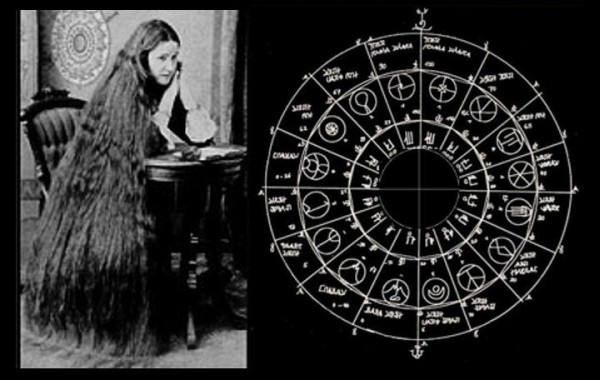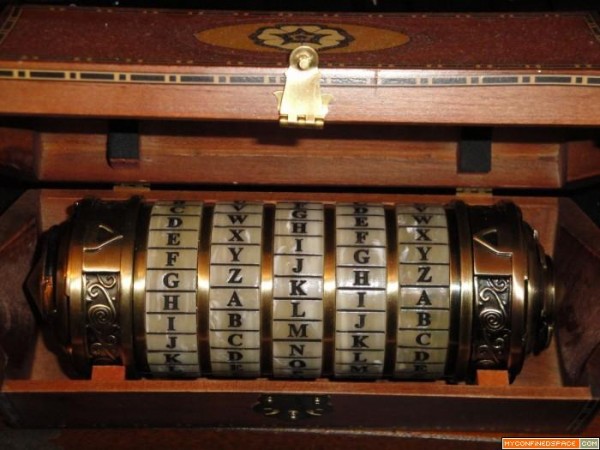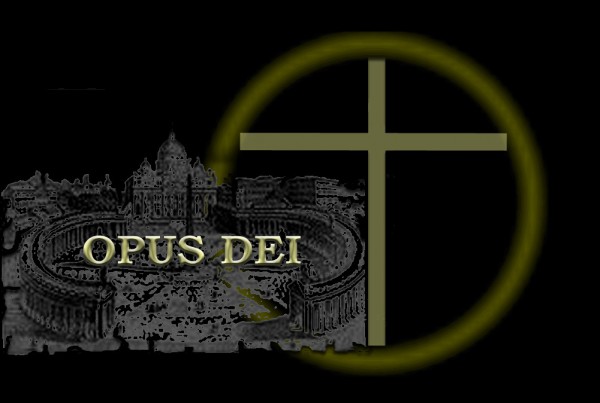5. Vril Society

Image Source
Vril is a substance described in Edward Bulwer-Lytton’s 1871 novel The Coming Race, which was later reprinted as Vril: The Power of the Coming Race. The novel is an early example of science fiction. However, many early readers believed that its account of a superior subterranean master race and the energy-form called “Vril” was accurate, to the extent that some theosophists accepted the book as truth. Furthermore, since 1960 there has been a conspiracy theory about a secret Vril Society. Speculation on Vril has not ceased. The legend has received a further layer of elaboration from recent authors like Raymond Bernard who conflate Bulwer-Lytton’s “Coming Race” with speculations about interior civilizations which live on the inside of the Hollow Earth. (The concept of a hollow earth was first advanced by Edmond Halley at the end of the seventeenth century.) By contrast, Bulwer-Lytton’s subterranean people dwelt in caverns within the crust of a solid earth. The world of the Vril-ya is always described as being underground tunnels, artificially lit (using Vril). The book contains no suggestion of a hollow earth; theories of this kind are only found in subsequent works. Bulwer-Lytton makes many references to the scientists of his time such as Faraday and Darwin proving the existence of Vril.
3. Thule Society

Image Source
The Thule Society, was a German occultist and völkisch group in Munich, named after a mythical northern country from Greek legend. The Society is notable chiefly as the organization that sponsored the Deutsche Arbeiterpartei (DAP), which was later transformed by Adolf Hitler into the National Socialist German Workers’ Party (Nazi Party). There is no evidence that Hitler ever attended the Thule Society. But there was great enthusiasm among Thule members for Hitler, most notably Rudolf Hess and Dietrich Eckart. The occultists believed Hitler to be the prophesied “redeemer of Germany”. They were Hitler’s first “disciples” and as such were crucial to his meteoric rise. A primary focus of Thule-Gesellschaft was a claim concerning the origins of the Aryan race. “Thule” was a land located by Greco-Roman geographers in the furthest north (often displayed as Iceland).The term “Ultima Thule” is also mentioned by the Roman poet Virgil in his pastoral poems called the Georgics. Although originally Thule was probably the name for Scandinavia, Virgil simply uses it as a proverbial expression for the edge of the known world, and his mention should not be taken as a substantial reference to Scandinavia. They identified Ultima Thule, said by Nazi mystics to be the capital of ancient Hyperborea, as a lost ancient landmass in the extreme north: near Greenland or Iceland. These ideas derived from earlier speculation by Ignatius L. Donnelly that a lost landmass had once existed in the Atlantic, and that it was the home of the Aryan race, a theory he supported by reference to the distribution of swastika motifs.
2. The Priory of Sion

Image Source
After the publication of the Da Vinci Code by Dan Brown, a great deal of interest in the Priory of Sion has been created. The Prieuré de Sion, translated from French as Priory of Sion, is a name given to multiple groups, both real and fictitious. Unfortunately for those hoping to find and join the Priory, it is claimed fictional by many. They say it was a hoax created in 1956 by a pretender to the French Throne, Pierre Plantard. Despite this, many people still continue to believe that the Priory exists and functions to this day. The authors of the well known book, The Holy Blood and the Holy Grail, misled by the hoax, stated:
1. The Priory of Sion has a long history starting in AD 1099, and had illustrious Grand Masters including Isaac Newton and Leonardo da Vinci.
2. The order protects certain royal claimants because they believe them to be the literal descendants of Jesus and his alleged wife Mary Magdalene or, at the very least, of king David.
3. The priory seeks the founding of a “Holy European Empire” that would become the next hyperpower and usher in a new world order of peace and prosperity.
1. Opus Dei

Image Source
Opus Dei is an organization of the Catholic Church that emphasizes the Catholic belief that everyone is called to holiness and that ordinary life is a path to sanctity. The celibate numeraries and numerary assistants live in special centers, while associates are celibate members living in their private homes. The order was founded in Spain in 1928 by Roman Catholic priest Josemaría Escrivá with the approval of Pope Pius XII. When Dan Brown’s Da Vinci Code was published, it claimed that Opus Dei was a secret organization within the Church whose aim was to defeat the Priory of Sion and those who seek to uncover the “truth” about Christianity and the alleged royal bloodline of Christ. Outside of the book, there has been a great deal of controversy over Opus Dei because of the strictness of its religious structure. The Catholic Church forbids secret societies and membership in them, and Opus Dei investigators have frequently debunked claims that this organization is acting in secrecy to further a sinister agenda.